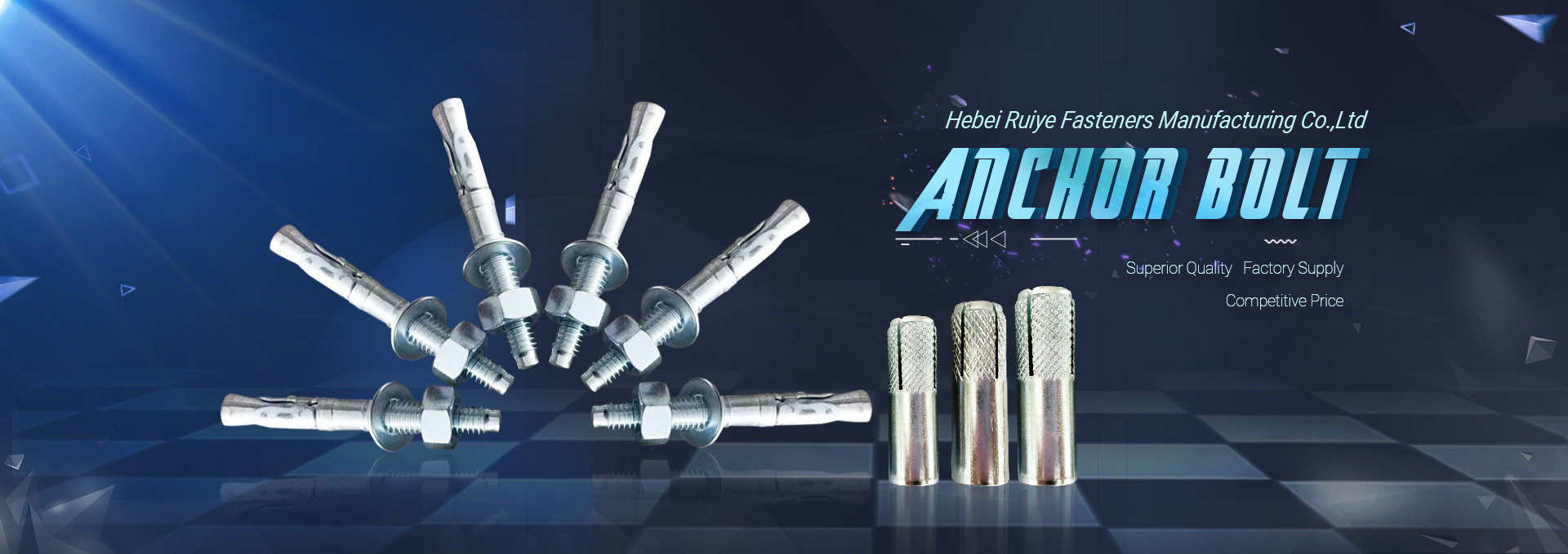Screw refers to the screw, is the use of the physical and mathematical principles of the circular rotation of the object and friction, step by step to tighten the tools.Screws are the general term for fasteners.
Screws - Type of screws commonly used:
1, Machine Screw:
2. The Tapping Screw: (You basically tap metal and plastic;
2.1 Sheet Metal Tapping Screw. (Iron Tapping Screw,
2.2. Plastic Tapping Screw (used of Plastic, Tapping Screw;
3. Wooden screws;
He's a Drywall Screw.
Screw -- Common screw material:
1. Low Carbon Steel;
2, SS - 304: Stainless Steel, 304;
3, SS - 302: Stainless Steel 302: structure has good toughness;
4. Aluminum 5052: Aluminum 5052;
5, Brass; Brass; Brass; Brass
: Bronze;
7, UNS C11000 Copper.
General common specifications of screws and screws are as follows:
1. Slotted: word (Minus,;
2. Phillips: Cross (Plus;
3. Phil-slot:
Hex Scoket; Hex socket.
Lock in only, not exit One Way.
Screws - Classification of screw structure
1. Slotted common screw
Mostly used for connection of smaller parts.It has pan head screw, cylindrical head screw, half countersunk head screw and countersunk head screw.The screw head strength of the pan head screw and the cylinder head screw is higher, and they are connected on the common parts;The head of the half-countersunk head screw is curved, and its top is slightly exposed after installation, and it is beautiful and smooth, generally used in instruments or precision machinery;Countersunk head screws are used where exposure of the nail head is not allowed.
2. Inner hexagon and inner hexagon shaped screws
The head of this type of screw can be embedded in the members, which can apply greater torque and have higher connection strength, and can replace hexagon bolts.It is often used in connection with compact structure and smooth appearance.
3. Cross slot common screw
The use function of it and slotted common screw is similar, can exchange mutually, but the slotted form strength of cross slotted common screw is higher, twist bald not easily, appearance is more beautiful.When in use, it shall be loaded and unloaded with the supporting cruciform screw.
4. Lifting ring screw
Lifting ring screw is for installation and transportation of a load bearing hardware accessories.When in use, the screw must be screwed into the position to make the supporting surface fit tightly. No tool pulling is allowed, and no load is allowed on it that is perpendicular to the plane of the lifting ring.
5. Lock the screw
The locking screw is used to fix the relative position of the parts.By screwing the locking screw into the screw hole of the part to be fixed and pressing the end against the surface of the other part, the former part is fixed to the latter part.
Locking screws are usually made of steel or stainless steel and have tapered, concave, flat, cylindrical, and stepped ends.The end of the taper or concave locking screw is directly jacked, generally used at the place where it is not often removed after installation;The end of the flat end locking screw is smooth, the surface of the part is not damaged after jacking, it is used for the connection which needs to be adjusted frequently, and can only transfer a small load;The locking screw part of the cylinder end is used in the fixed position that needs constant adjustment. It can bear a large load, but its anti-loose performance is poor, so anti-loose measures should be taken when fixing.Step locking screws are suitable for fixation of parts with large wall thickness.
6. Tapping screw
When tapping screws are used on the fasteners, threads may be made at the fasteners without prefabrication.The thread is tapped directly with a screw during connection.It is often used to connect thin metal plates.There are two kinds of tapered end tapping screw and flat end tapping screw.
7. Self-tapping locking screw
Self-tapping locking screw not only has self-tapping effect, but also has the performance of low screwing moment and high locking.The screw thread is triangular in section and the surface of the screw has been hardened and has a high hardness.Its thread size is M2~M12.
Common problems and solutions for screws
1. Screw head is deformed and head is crooked.The possible reason is the bolt die of a bad installation and improper adjustment machine.
2. The head of the screw is not round.The reason is that the screw die is not chosen properly or the punch is not full enough.
3. Screws have burrs or burrs.The reason is poor punching forming, mainly because the clearance between punching rod and punching hole is too large or the punching rod is too short.
4, the screw head cracking, there are cracks in the screw head.The reason may be the quality of the screw wire itself, so before starting the screw wire, the quality department must check it and point it with the medicine.Especially stainless steel screw wire, to check that is stainless steel 201, that is stainless steel 304.Also may be or a die use error (such as a die with hexagonal slide head), and the oil viscosity failure and other reasons.
Post time: Nov-04-2020

